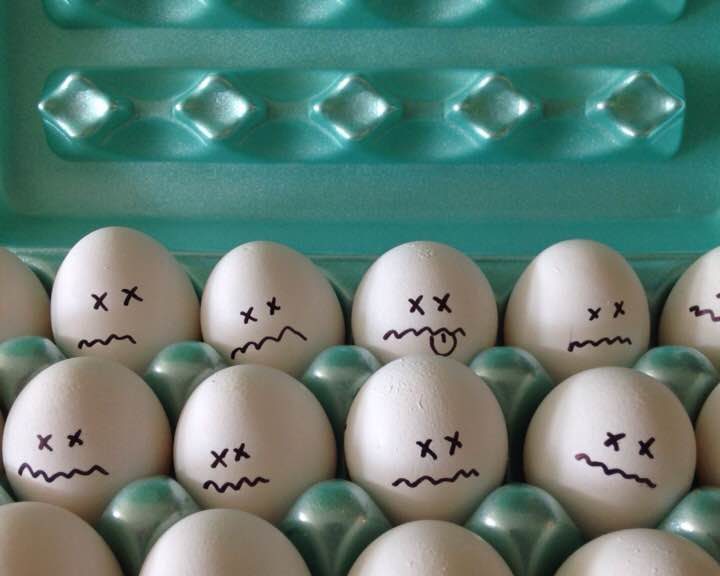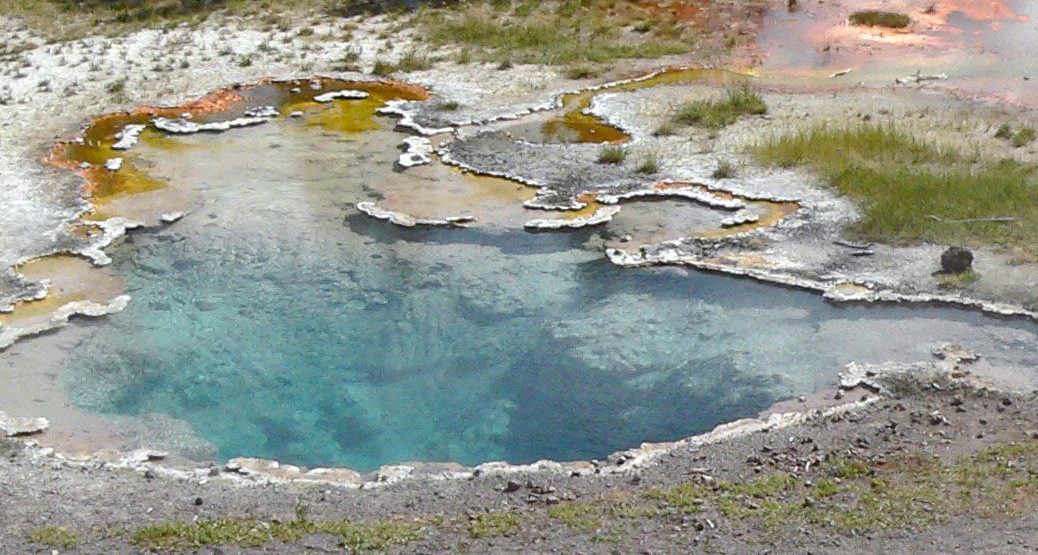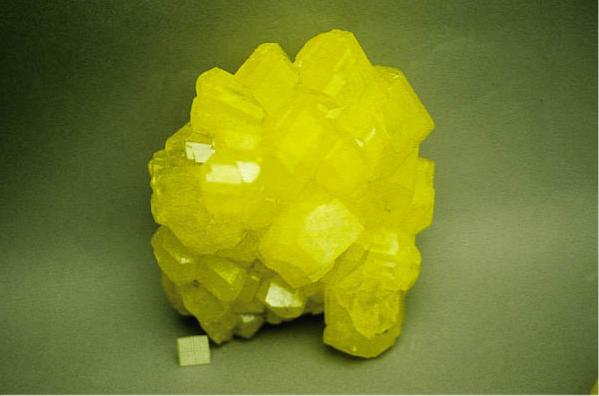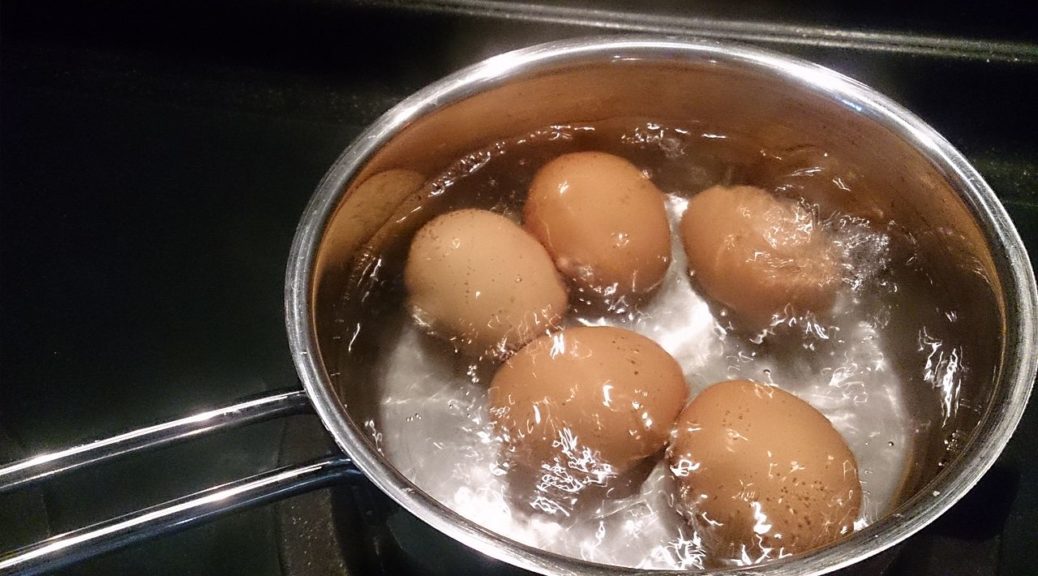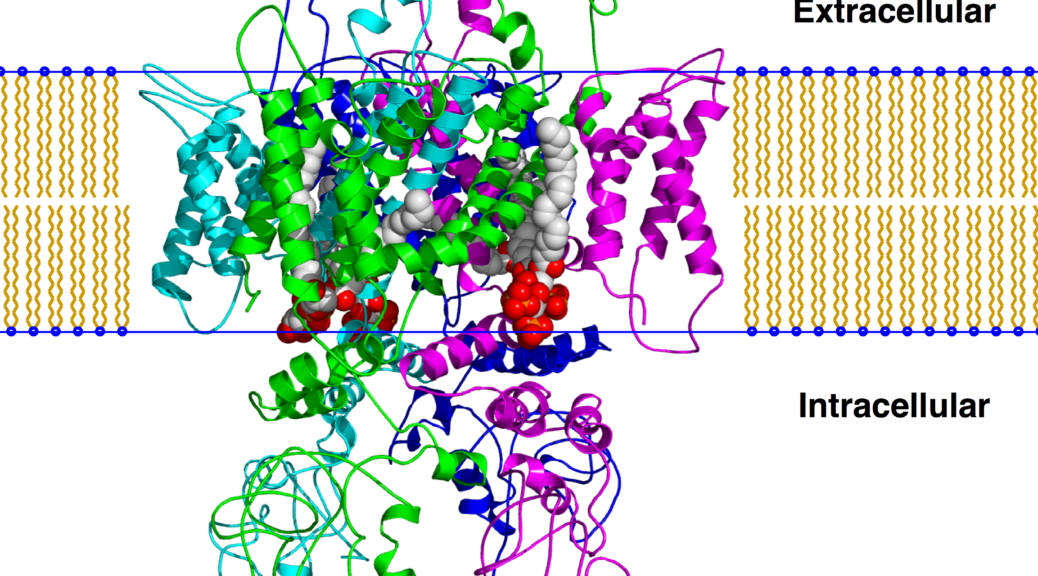Meringue: more fun with egg science
Another way to cook eggs We’ve discussed one well-known way to cook eggs before. (Repeatedly!, In scientific detail!) As a quick guest post, I thought I’d mention a somewhat more exotic way to cook eggs – meringue. What’s a meringue? In its simplest form, a meringue is simply egg-whites with sugar, whipped into a foam and baked gently until it hardens. The end result can take a range of forms. It can be a squishy, wet foam like the top…


